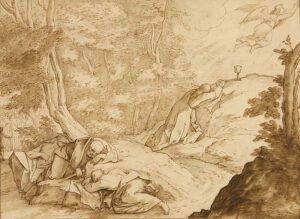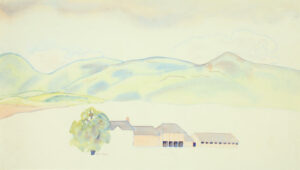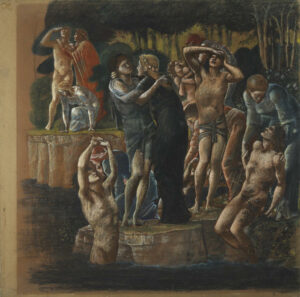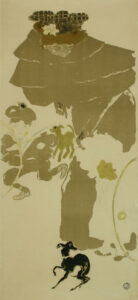MY CHOICE: Andrew McLeod / August 2022
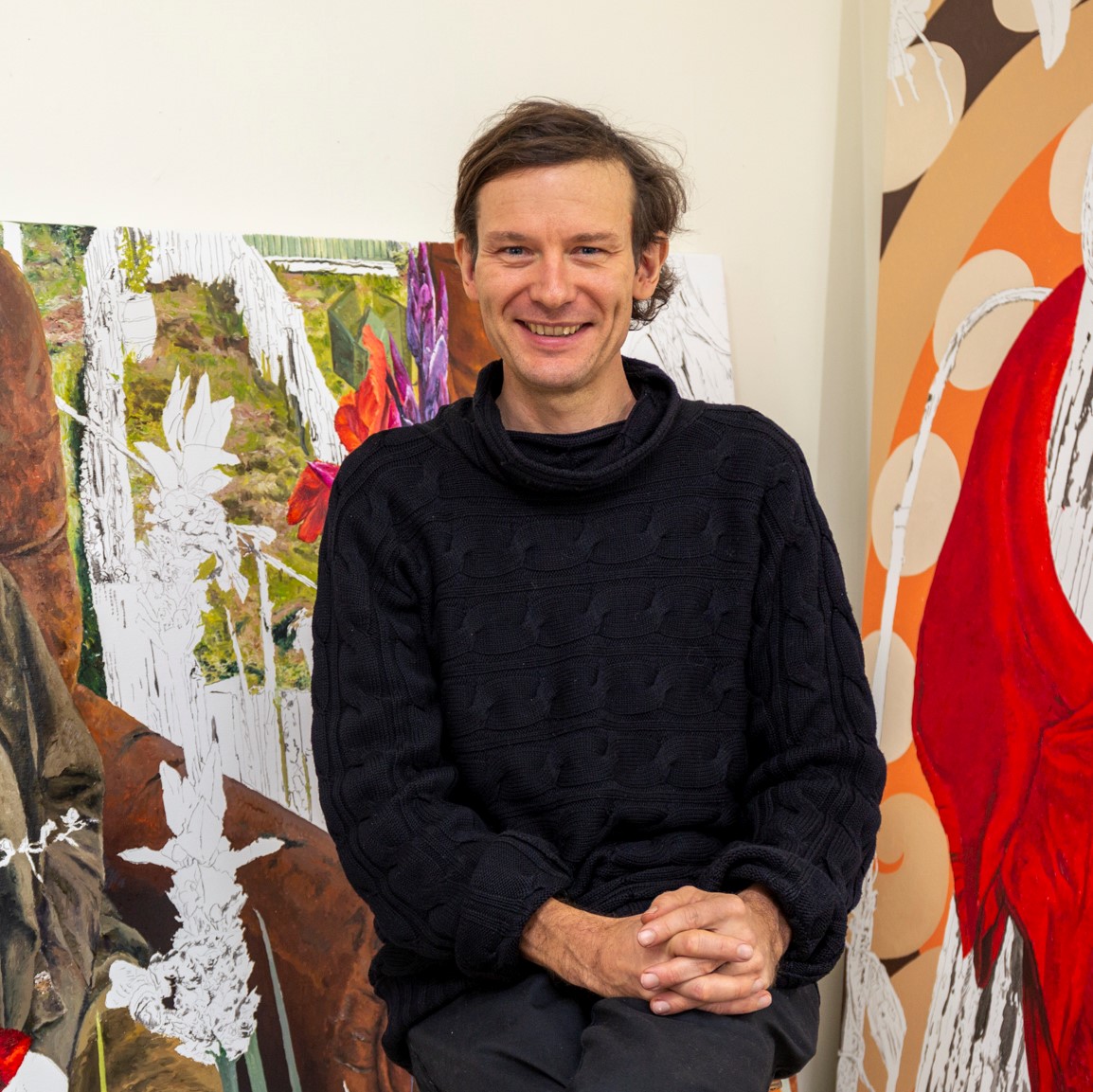

August 2022: Andrew McLeod
Each month a member of our community is invited to browse our online collection and select six of their favourite artworks. Each My Choice selection, together with personal responses to the works, will be available to view on the Sarjeant Gallery website for one month at a time. The August2022 My Choice has been selected by Andrew McLeod and is available to view until 31 August, 2022.
Andrew McLeod has been in Whanganui for the past few months as the Sarjeant Gallery’s Tylee Cottage artist-in-residence. His practice encompasses painting, digital art and printmaking. Regardless of the medium McLeod is working in at the time, his works are steeped in the history of art. McLeod’s work is held in public collections around the country and extensively exhibited both nationally and internationally since he graduated from Elam School of Fine Arts back in 1998. McLeod has also been awarded an Arts Foundation Award with a Patronage Donation from Gus and Irene Fisher, the McCahon House Artists’ Residency alongside this, being the most recent Tylee Cottage artist-in-residence here in Whanganui.
See Andrew’s selections on our Explore the Collection ‘My Choice Exhibition Series’ highlight here
Joseph West, St George for England, 1916, 1922/1/38
“This is the kind of work that gets lost because it does not fit neatly into an art-historical narrative. It’s a surprising mix of Impressionist colour and paintwork and pre-Raphaelite composition and paintwork. St. George for England is quite a difficult work to photograph and reproduce. Paintings are made up of layers, some textured and some transparent and this makes for difficulties in reproduction. There is a terrible illusion these days that people think they have seen a painting if they have seen a photo of a painting. Paintings that don’t photograph well are at a big disadvantage for being remembered these days. And those are the paintings that play to the strengths of what painting can do (all the colour contrast and gestural work that is compromised when you photograph a painting). It’s a bit sad. This is a great work though, and I hope that one day it is on long-term display because it would surely be a public favourite again.”
Bernadino Poccetti (previously attributed to the Italian School), The Agony in the Garden, 17th Century, 1922/1/4
“This is a great Italian Renaissance landscape drawing. We inherited so much from the way the Renaissance landscape artists saw the landscape through their paintings and drawings. Recently, I managed to acquire an engraving from an original plate by one of the great Italian landscape painters, Salvator Rosa, originally from Naples and famous for his dark gothic romanticised paintings of landscapes.”
Rita Angus, Hawkes Bay Landscape, 1950, 1982/19/1
“I had to put a Rita Angus in this selection. The retrospective at Te Papa was such a wonderful show, enough work to really get to know her as a painter. I felt a sense of gratitude that Angus was being publicly appreciated – the Gallery was full of people. It is quite a surprise how you can really see this odd psyche through her work – her compositional sensibility works with what she is saying about the people and place in this piece. I think for someone like Rita Angus, painting was such high stakes – it was her way of connection and realising what she had to offer the community. As a painter, Rita was true to her strengths but also worked weaknesses into the work. There are no guarantees the public will pick up what you have to offer. It could have all been for nothing. But it wasn’t.”
Edward Burne-Jones, “The Fountain of Youth” (pastel drawing for portion of the painting), 1892, 1924/1/5
“Edward Burne-Jones is a classic late pre-Raphaelite. He’s a great example of how you have to work within your own aesthetic style. There is a lot about his technique that is limited but the trick all artists need to work out is how to turn these limitations as well as weaknesses into strengths. I think trends in painting and art are cyclical – based on class identifications and signalling as much as the aesthetic and artistic content of the work. Fashion moves slowly and the pre-Raphaelites are still very much ‘out of fashion,’ this adds an extra enjoyable element to looking at them now.”
Ans Westra, Pipiriki, 1962, 1996/3/110
“It’s mostly the look on her face, that she is so happy with her horse. That sort of joy is a truly unparalleled joy. I met Ans Westra at a Sarjeant talk and she was nice. I think there she is a great subject photographer. I like that the person in the photograph is looking at a person (Ans) taking the photograph, but who is also looking at us, a person looking back… It goes on in a loop.”
Pierre Bonnard, Le Promenade (one of four panels executed for a screen), 1899, 1939/3/1
“Bonnard is a great painter. He is often compared to the painter Vincent van Gogh. But I think Bonnard is a great painter, if not greater than van Gogh. I think about his work a lot. You can see in photos of his studio that he likes to work with the canvas directly on the wall, rather than stretched on strainer bars – Cy Twombly also worked like this. It shows a level of sensitivity to his own paintwork and brush use. It has touch sensibility and personality. Little things like this are important. Bonnard’s work has the foundational stuff that great paintings have. I mean there are a few painters, only the best, where you can really learn about the art form from the artist. For me Matisse is one of these artists, but so is Bonnard. I don’t think I am the first generation of painters to think this about Bonnard, but I have such a fondness for him, that I resent the earlier generation of painters who have “claimed him.” But that is a younger artists prerogative.”
Category
Past Exhibitions 2022





